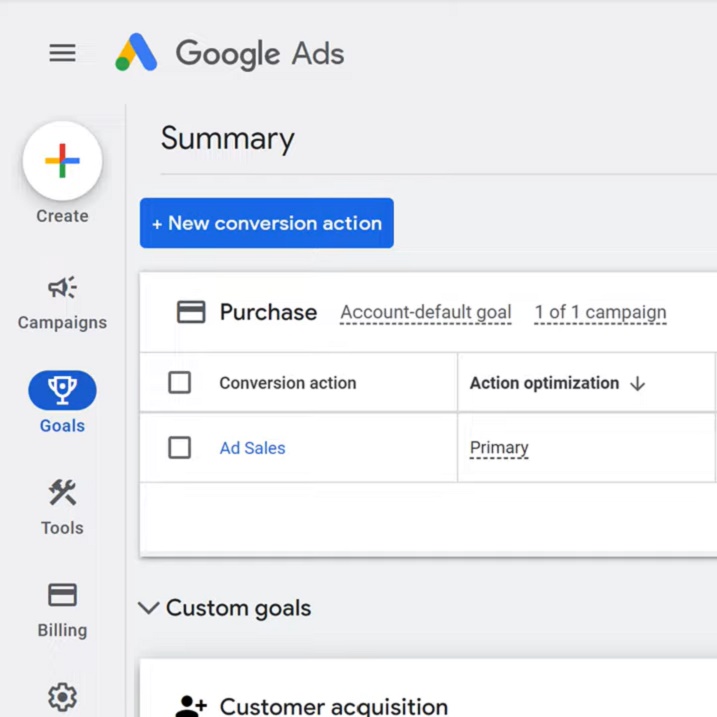Investing in Google Ads can be a powerful way to drive traffic and increase conversions. However, not all campaigns yield the desired results. Ineffective ad spend can drain your budget without delivering meaningful returns. In this blog post, we’ll explore common problems indicating inefficiency in your Google Ads campaigns and provide actionable solutions to optimize your spend.
Identifying the Problem
1. Low Click-Through Rate (CTR)
A low CTR suggests your ads aren’t compelling enough to attract clicks. This can be due to irrelevant keywords, poor ad copy, or targeting the wrong audience.
2. High Cost Per Click (CPC)
When your CPC is high, you might be paying too much for each click, reducing your overall ROI. This can be due to high competition for keywords or poorly optimized bids.
3. Low Conversion Rate
If users are clicking your ads but not converting, your landing page might not be effective, or the user experience might be poor.
4. High Bounce Rate
A high bounce rate indicates that visitors leave your site shortly after arriving. This can signal that your landing page isn’t aligned with your ad or isn’t engaging enough.
5. Poor Quality Score
Google assigns a Quality Score based on the relevance and quality of your ads, keywords, and landing pages. A low score can increase your CPC and reduce ad visibility.
Solutions to Optimize Your Google Ads Spend
1. Improve Ad Relevance
- Keyword Optimization: Ensure your keywords are highly relevant to your ads and landing pages. Use negative keywords to filter out irrelevant traffic.
- Ad Copy Enhancement: Write compelling and clear ad copy that matches user intent and includes strong calls to action.
- Audience Targeting: Use demographic and interest targeting to reach a more relevant audience.
2. Optimize Bids and Budget
- Smart Bidding Strategies: Utilize automated bidding strategies like Target CPA (Cost Per Acquisition) or Target ROAS (Return on Ad Spend) to optimize your bids.
- Budget Allocation: Allocate more budget to high-performing campaigns and reduce spend on underperforming ones.
3. Enhance Landing Pages
- Landing Page Relevance: Ensure your landing pages match the ad’s promise and include the keywords you are targeting.
- User Experience: Improve the loading speed, mobile-friendliness, and overall design of your landing pages.
- Clear Call to Action: Make it easy for visitors to take the desired action with prominent and persuasive calls to action.
4. Monitor and Adjust Campaigns
- A/B Testing: Regularly test different ad variations and landing pages to see what works best.
- Performance Analysis: Use Google Analytics and Google Ads reports to track key metrics and identify areas for improvement.
- Ongoing Optimization: Continuously refine your keywords, ad copy, and targeting based on performance data.
5. Improve Quality Score
- Ad Relevance: Ensure your ads closely match the keywords and user intent.
- Landing Page Quality: Provide a seamless and relevant experience for users landing on your page.
- Expected CTR: Create engaging ads that entice users to click.
Identifying and addressing inefficiencies in your Google Ads spend is crucial for maximizing ROI. By focusing on improving ad relevance, optimizing bids, enhancing landing pages, and continuously monitoring performance, you can ensure your campaigns are effective and your budget is well spent. Implement these strategies to turn your Google Ads campaigns into a powerful tool for driving growth and achieving your marketing goals.
Our Google Ads Services


